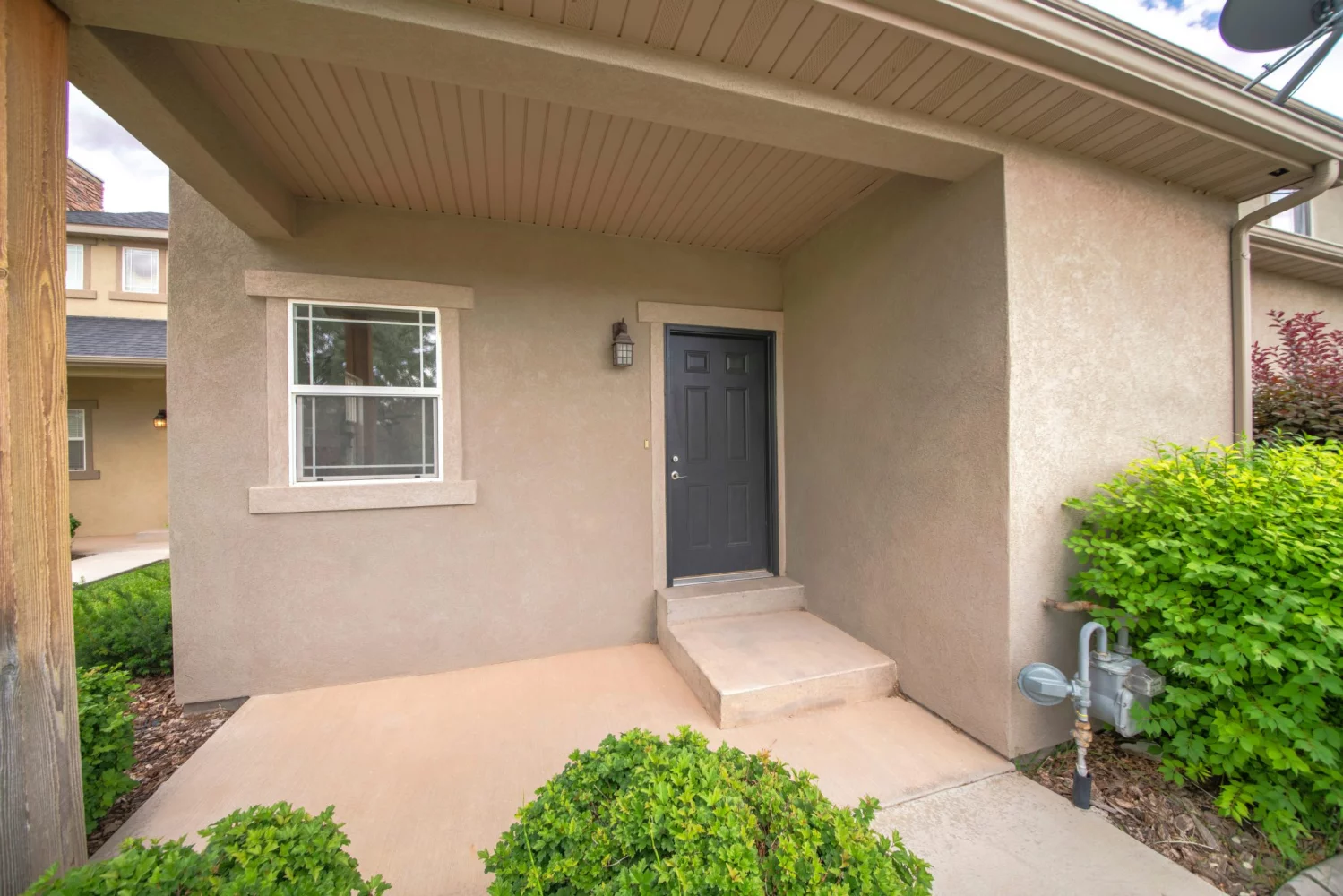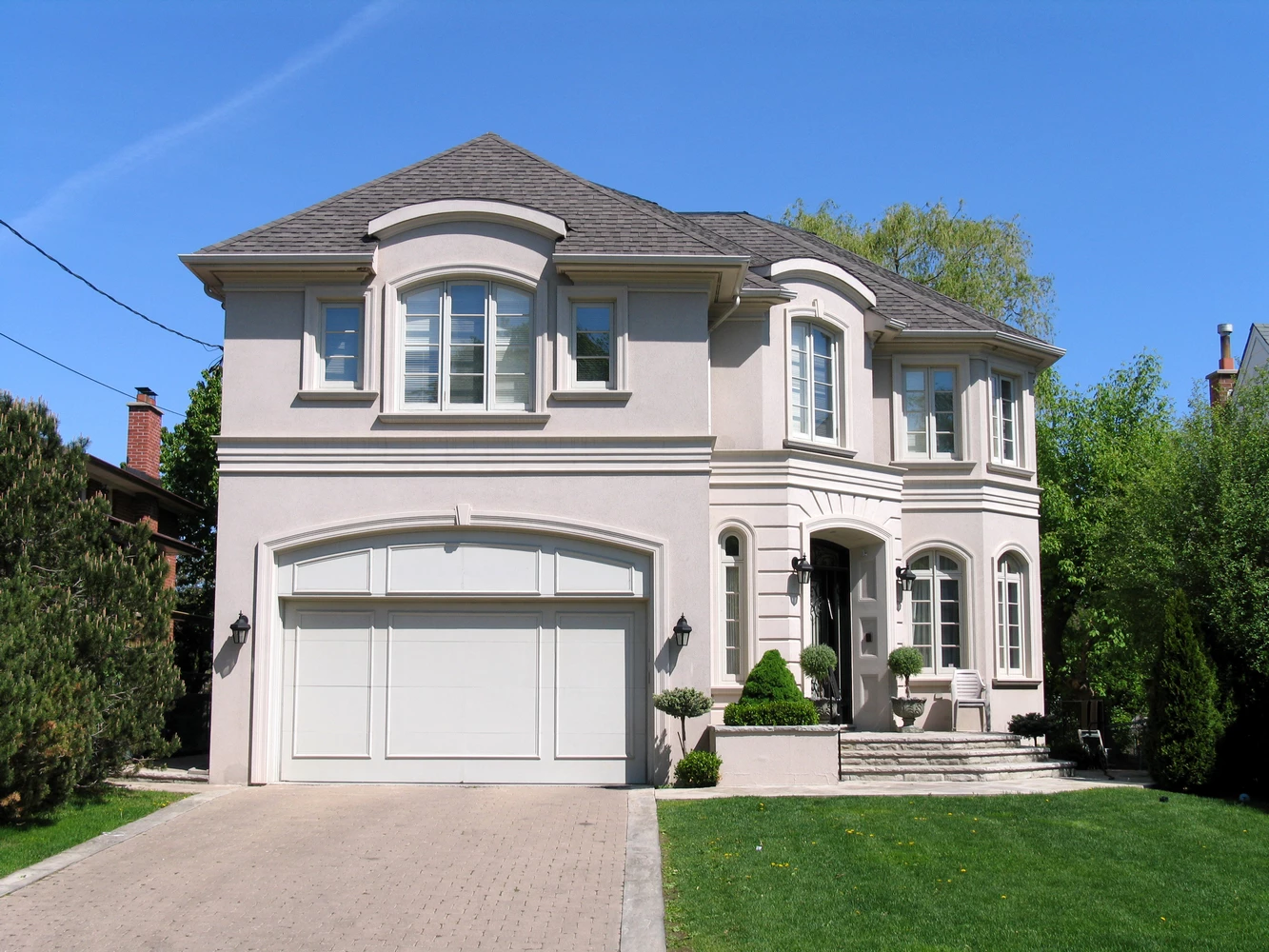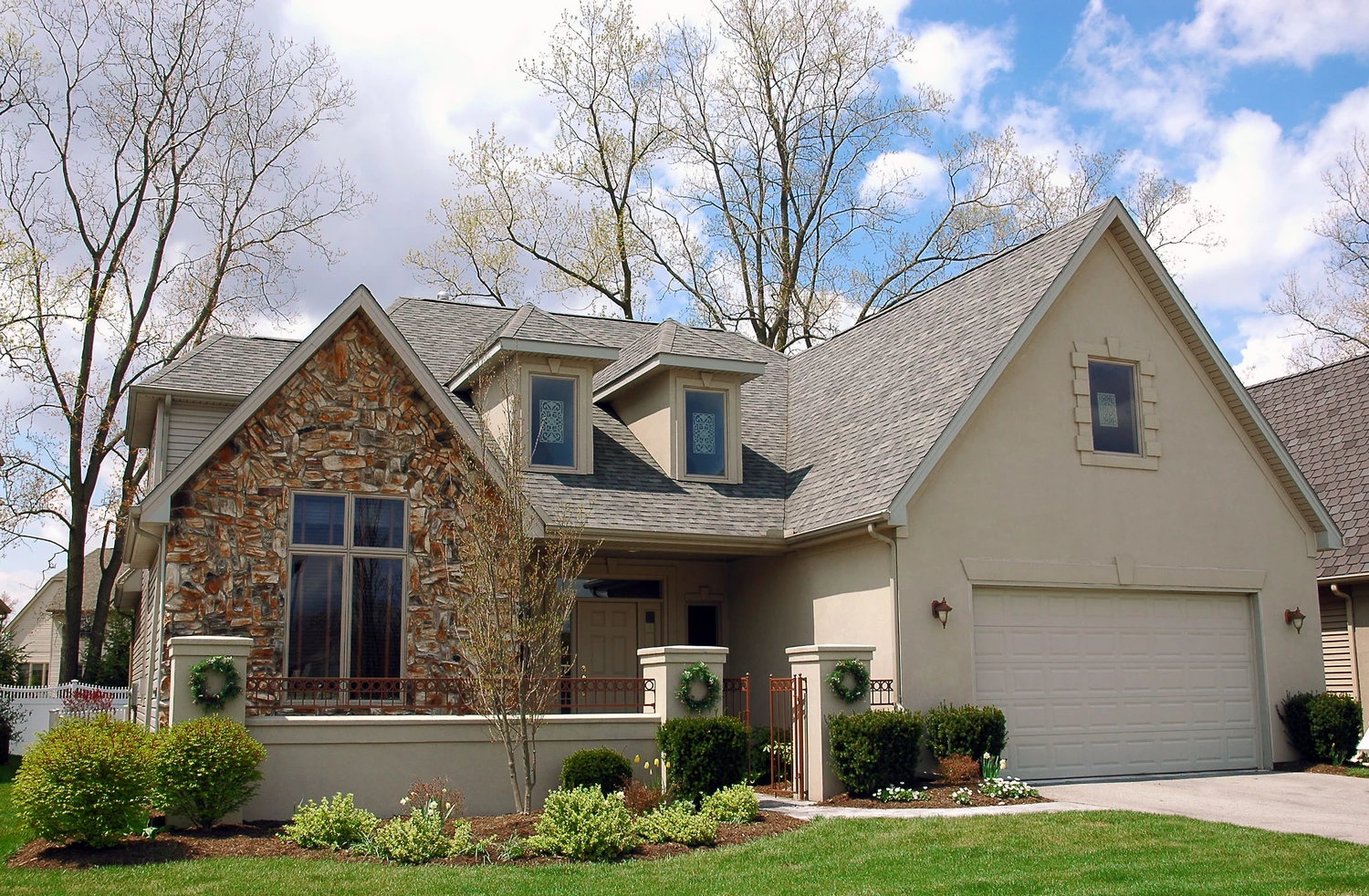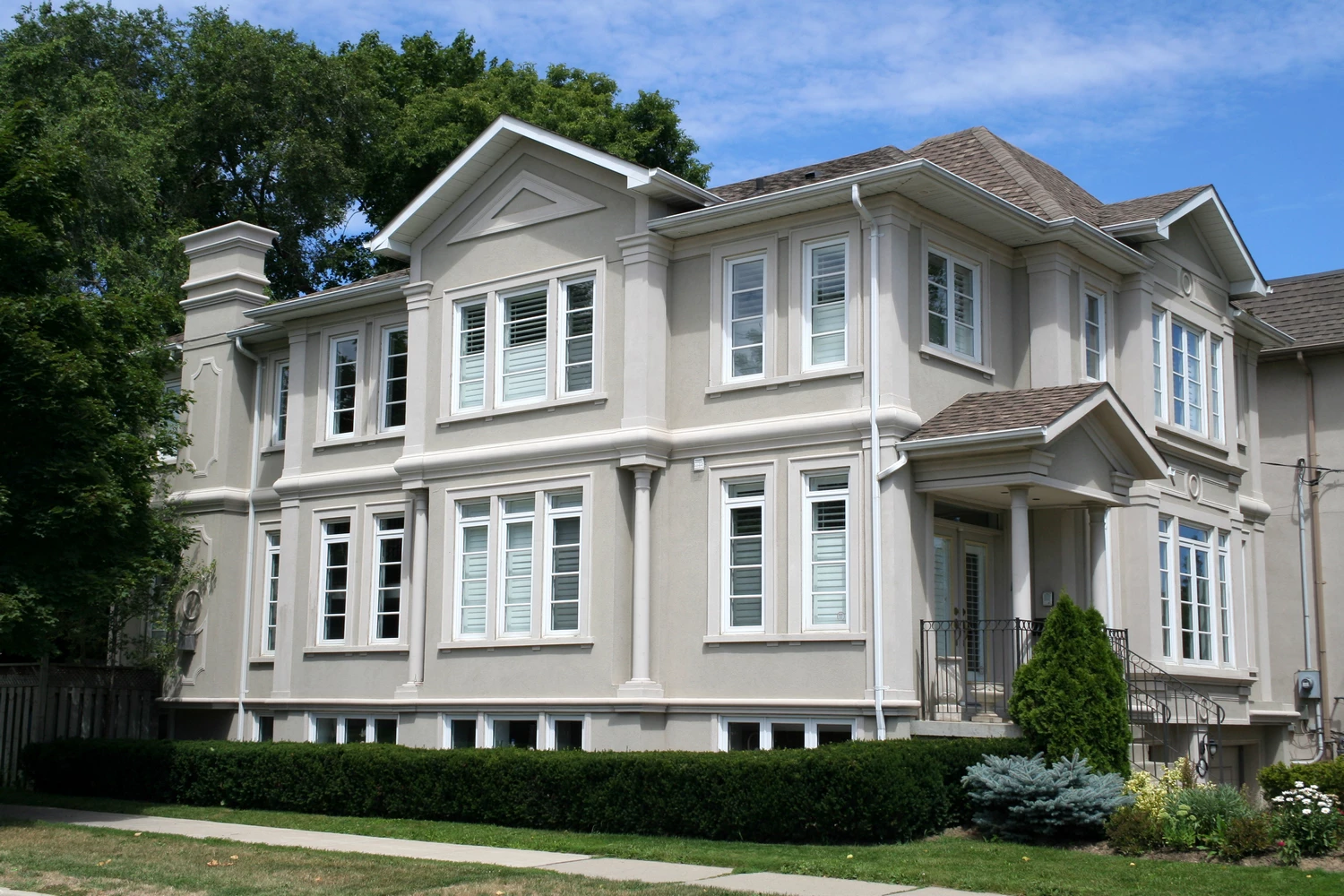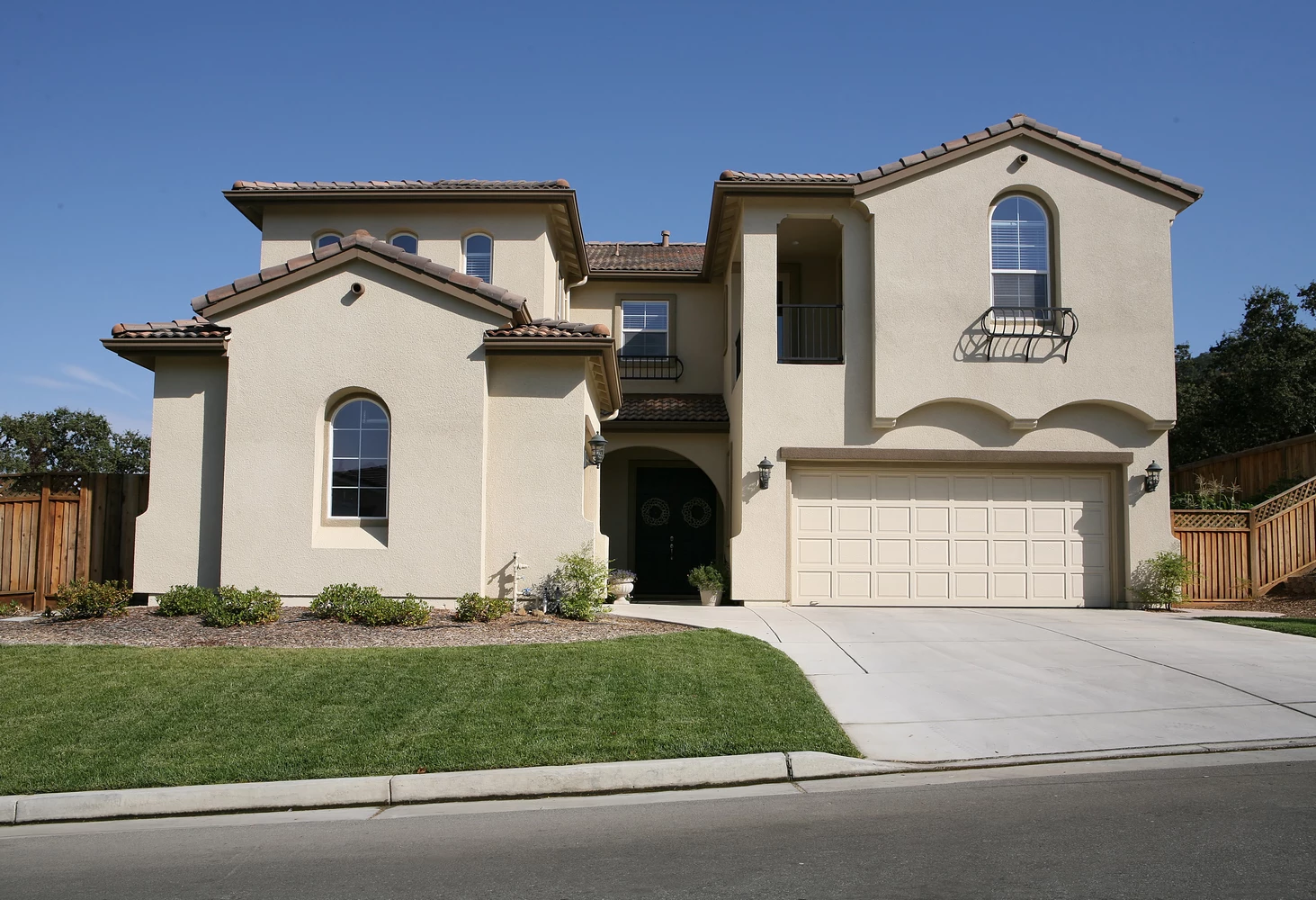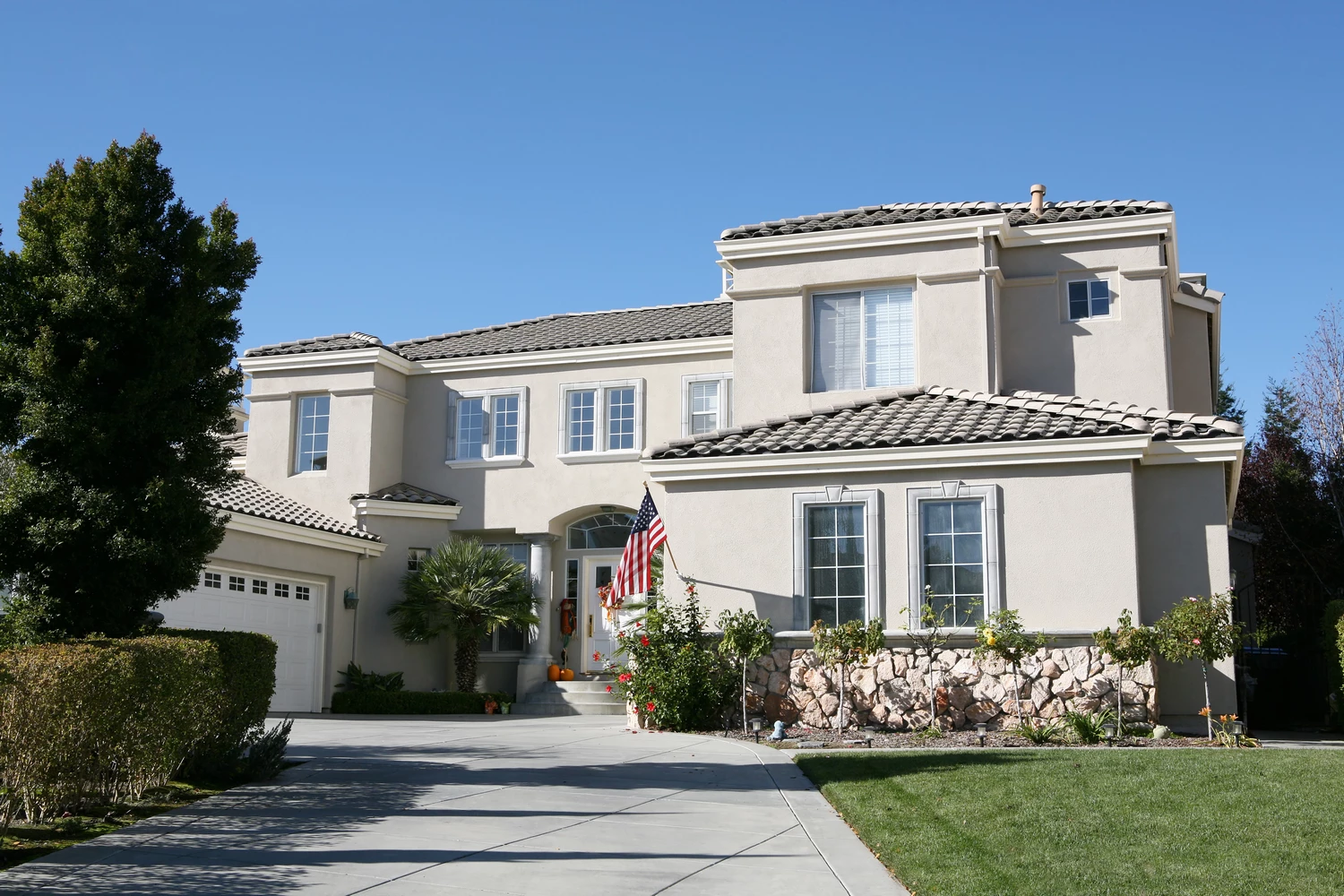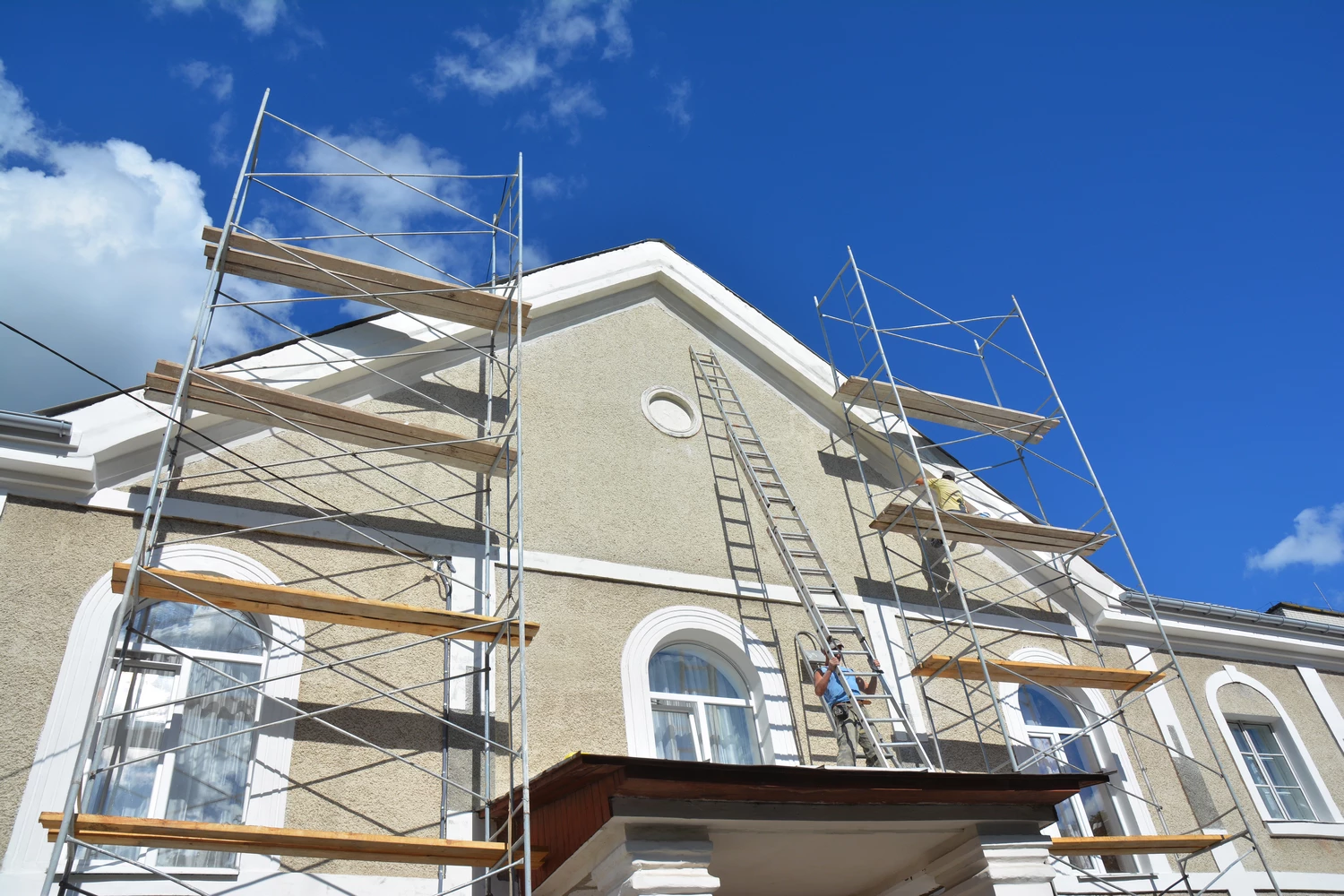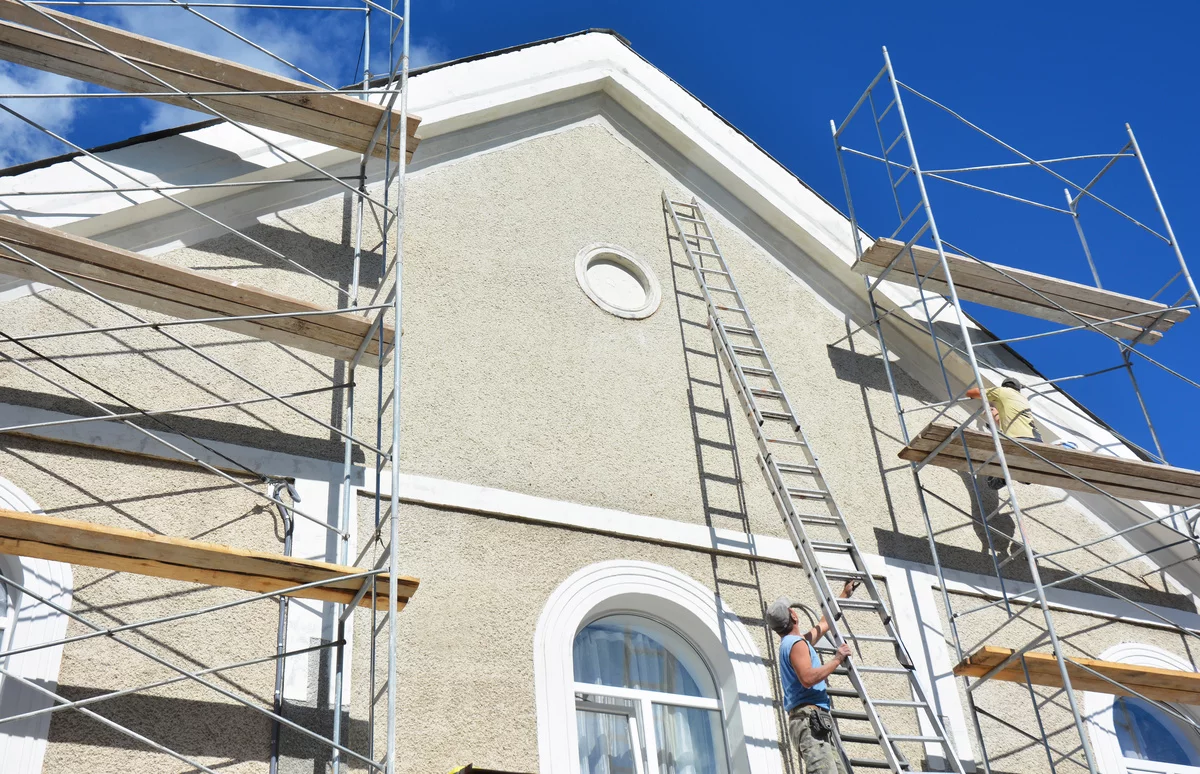
August 10, 2023
Stucco and EIFS are two different building materials and construction techniques used for exterior walls and facades. They are both known for their attractive aesthetic and their durability and they are similar in many ways. However, there are some differences between them that are important to know if you are considering cladding your home. Their main differences are their materials and their method of application.
What Is Stucco?
Stucco is a traditional, cement-based material that is applied in a wet state to walls or surfaces. Its constituent ingredients are natural materials Portland cement, lime sand, and water. Traditional stucco siding is typically applied in a three-coat process. The first base coat is applied over a metal lath or wire mesh. It provides the foundation and helps secure the nest of the stucco to the surface. The second coat, known as the scratch coat, contains a bonding agent, creating a rough surface for the final coat to adhere to. The final coat is the finish coat that gives the stucco finish its final texture and appearance.
What Is EIFS?
ElfS, on the other hand, stands for “Exterior Insulation and Finish System.” It is also known as synthetic stucco. It is a newer construction technique that involves the application of a layer of insulation material to the exterior of a building followed by a layer of stucco. This system is used to increase energy efficiency.
ElFS consists of five layers: insulation, water-resistive barrier, air barrier, base coat, and finish coat. These layers work together to provide improved energy efficiency, weather protection, and a finished appearance for the building envelope. The first layer is insulation, usually made from fiberglass or foam board. The second layer is a water-resistive barrier typically made from a rubberized membrane. It prevents moisture from entering the building envelope. The third layer is an air barrier which increases the insulation. It is usually made from a polyethylene film. The fourth layer is a stucco base coat and provides a surface to the final layer of stucco to adhere to. The final layer provides the texture and finish of the EIFS.
Benefits Of Traditional Stucco
Stucco siding is highly durable, weather-resistant, and has a long lifespan. It is also resistant to fire, insect infestation, and moisture. It is a versatile material that can be molded into various textures and shapes to attain many designs. Finally, compared to many other exterior cladding options stucco is relatively inexpensive.
Benefits Of EIFS
ElFS is durable. Its waterproofing layer stops moisture penetration and reduces the risk of mold and mildew growth. It is very flexible and can be molded into various complex shapes and designs. Its major benefit in companion to stucco is its increased energy efficiency.
Conclusion
In 2023, homeowners still debate between EIFS and traditional stucco for exterior finishes. While both offer durability, EIFS boasts superior insulation, whereas stucco provides a timeless, natural look. Choose based on aesthetic and energy preferences!

